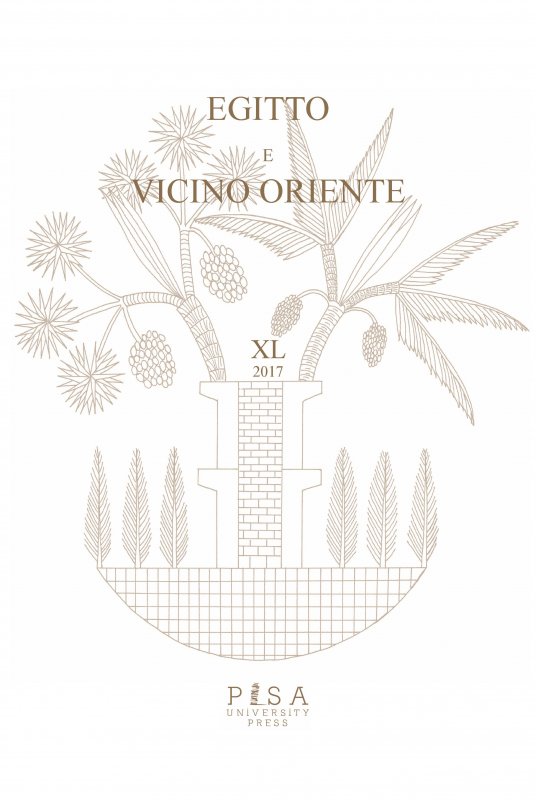
The article aims at introducing the collection of objects coming from Zawyet Sultan preserved in the Musée du Louvre at Paris, and the museological issues related to it. Zawyet Sultan, probably the ancient Hebenu, capital of 16th nome of Upper Egypt, is located in Middle Egypt (Menya) and it has been almost continuously in use from the Predynastic (Naqada II) to the Islamic Period, both as cemetery and as settlement; its main phase of development corresponds to the Old Kingdom. The topographical overview of the site and the history of its archaeological exploration aim at contextualising the excavations of Raymond Weill at the site in 1912, 1913, 1929, 1933. A large part of the objects (ca. 311) from his excavations at Zawyet Sultan entered the Louvre collection in three different lots (1912 = E 11297 to E 11333; 1913 = E 11437 to E 11515; 1992 = E 26835 to E 26851). The collection of the Louvre provides an unparalleled opportunity for studying the material culture of a regional site through all its phases and ages.
The modern toponym ‘Valley of the Queens’ suggests a burial place reserved for the pharaohs’ consorts: this is only partly true, namely for the tombs cut into this necropolis during the Ramesside Period. The situation concerning the individuals buried there during the 18th Dynasty is in fact more complex and requires new investigation. After a historical and geographical introduction and a few words on the issue regarding 18th-dynasty Queens’ burials within the Theban west bank, this contribution will focus on the undecorated shaft tombs cut in the Valley of the Queens during the Thutmoside Period and their owners. Attention will be given to archeological finds, geographic positioning, and comparisons with the non-royal tombs within the Valley of the Kings and those in the Western Wadis (in particular the Wadi Bariya). Thus, this analysis will offer a new key to interpret the 18th-dynasty Valley of the Queens, taking into consideration the selection criteria for a burial there and the social identity of the tomb owners.
The present article focuses on three cylinders in glass, egyptian blue and gilded wood preserved in the Collections of the Egyptian Museum in Florence. The pieces with central, vertical opening, square in section, were used to form columns on portable shrines (naoi) of temple furniture in the Ptolemaic Period, most notably for use in processional temple festivals. The columns stood in the four corners of the shrine and were mounted on a bronze rod as a central armature; the glass or faïence cylinders were often alternated with gilded wooden drums.
This article presents a comparative analysis of wage specifications for different types of worker in the Code of Hammurabi (1972-1950 BC) and in administrative documents. The analysis focuses primarily on the paragraphs of the Code that relate to different occupations or professions and their respective wages (especially paragraphs 215-277), without neglecting the information to be found in other paragraphs of the Code. Different aspects of Mesopotamian economic organization during the Old Babylonian period -especially agriculture and livestock farming- are investigated on the basis of data from both the Code and the economic documents, with special reference to the wages of different kinds of worker: agricultural labourers, shepherds, hired labourers, gardeners, artisans, weavers, builders, boatmen (and other workers), and finally doctors and veterinarians who were paid on the basis of the difficulty of the treatment and the category of patient. In the conclusions the author provides a reconstruction of the economic landscape of the Old Babylonian period.
This paper sets out to evaluate the dynameis of speech in the Sumerian Weltanschauung in philogenetics and in particular through the observation of the phenomenology of signs such as dur and bal, the ontogenesis, in which the role of speech is expressed macroscopically and is fundamental both at the moment a human being accesses the world or the Geworfenheit, and during their lifetime, and finally in the egressive phase. These moments are all modulated by the assignment of the ontological statute, not the sedentary and monolithical being, but rather the fluid and nomadic becoming.
This paper sets out to underline how the Lugal-an-ki, ‘Lord of heaven and earth’ or, rather, ‘Lord of Heaven-and-Earth’ contains considerable evidence that confirms the dynameis of speech in the Sumerian world. We will then turn our attention to consider how the Lugal-anki is of particular interest concerning its cosmological content as well as the indispensable presence, of making the universe in the likeness of man, of the verbal phenomenology which can be found at various levels and which tends to involve both that dimension which is at present considered to be the sphere of consciouness and that of the unconscious.
The cod. Orientali 387 is a pocket-size manuscript which contains the Infancy Gospel of Our Lord in Arabic. A colophon informs us that it was produced in Mardin, in the year 1299. The codex contains over fifty unfinished drawings which illustrate the miracles the swaddling bands and bathing water of Jesus perform when they come in touch with diseased or possessed people. The Arabic text is a translation of an original, late-antique Syriac narrative; the drawings of the codex seem to hark back to an earlier model with the Syriac version of the story. The main characters of the narrative are Mary and other women the holy family occasionally meets and rescues from a variety of diseases. We are facing with a rare visual document of domestic life, especially concerning women’s behaviour, in the Christian East: in fact, most of the drawings illustrate episodes of women with leprosy, care of children, demons who torment women sexually, jealousy of her husband’s other wife, and sorcery.
La città di Maragha, nell’Azerbaigian iraniano, assume nel XIII secolo un’importanza senza precedenti per entrambe le Chiese di tradizione siriaca, la siro-ortodossa e la siro-orientale. La ragione principale è la scelta dei sovrani mongoli di risiedere a Maragha o nelle sue vicinanze. Il patriarca (catholicos) della Chiesa siro-orientale sceglie come propria residenza Maragha per restare vicino al sovrano e alla corte. Nel caso della Chiesa siro-ortodossa, risulta che le frequenti visite del mafriano Barhebraeus a Maragha siano dovute principalmente alla possibilità di condurre studi e attività didattica nella biblioteca dell’osservatorio fondato presso Maragha dal khan Hülegü.
